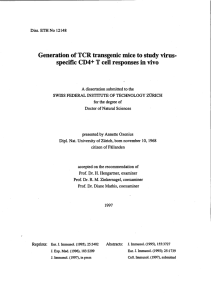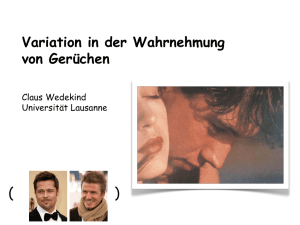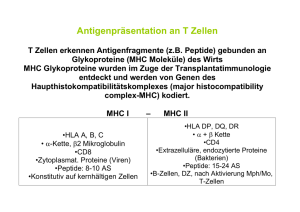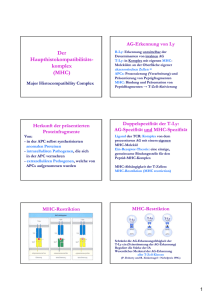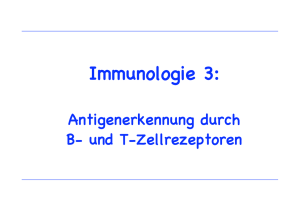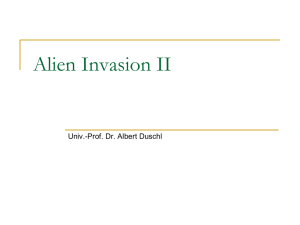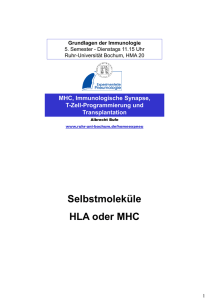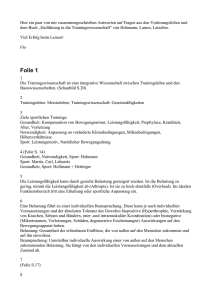5 Summary
Werbung
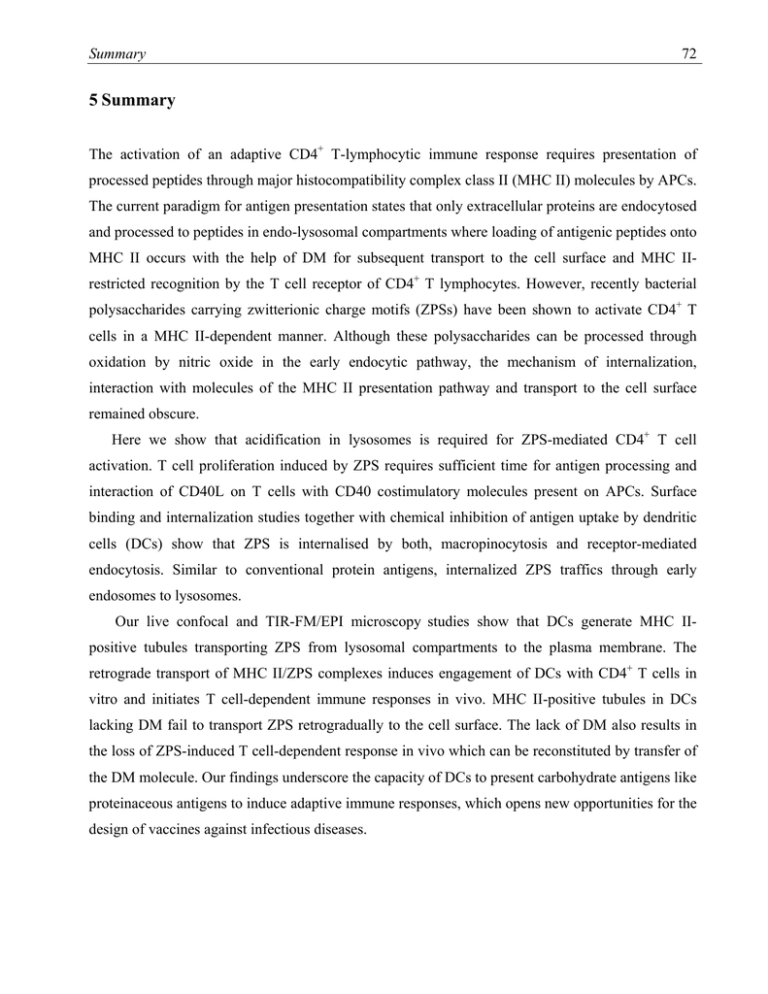
Summary 72 5 Summary The activation of an adaptive CD4+ T-lymphocytic immune response requires presentation of processed peptides through major histocompatibility complex class II (MHC II) molecules by APCs. The current paradigm for antigen presentation states that only extracellular proteins are endocytosed and processed to peptides in endo-lysosomal compartments where loading of antigenic peptides onto MHC II occurs with the help of DM for subsequent transport to the cell surface and MHC IIrestricted recognition by the T cell receptor of CD4+ T lymphocytes. However, recently bacterial polysaccharides carrying zwitterionic charge motifs (ZPSs) have been shown to activate CD4+ T cells in a MHC II-dependent manner. Although these polysaccharides can be processed through oxidation by nitric oxide in the early endocytic pathway, the mechanism of internalization, interaction with molecules of the MHC II presentation pathway and transport to the cell surface remained obscure. Here we show that acidification in lysosomes is required for ZPS-mediated CD4+ T cell activation. T cell proliferation induced by ZPS requires sufficient time for antigen processing and interaction of CD40L on T cells with CD40 costimulatory molecules present on APCs. Surface binding and internalization studies together with chemical inhibition of antigen uptake by dendritic cells (DCs) show that ZPS is internalised by both, macropinocytosis and receptor-mediated endocytosis. Similar to conventional protein antigens, internalized ZPS traffics through early endosomes to lysosomes. Our live confocal and TIR-FM/EPI microscopy studies show that DCs generate MHC IIpositive tubules transporting ZPS from lysosomal compartments to the plasma membrane. The retrograde transport of MHC II/ZPS complexes induces engagement of DCs with CD4+ T cells in vitro and initiates T cell-dependent immune responses in vivo. MHC II-positive tubules in DCs lacking DM fail to transport ZPS retrogradually to the cell surface. The lack of DM also results in the loss of ZPS-induced T cell-dependent response in vivo which can be reconstituted by transfer of the DM molecule. Our findings underscore the capacity of DCs to present carbohydrate antigens like proteinaceous antigens to induce adaptive immune responses, which opens new opportunities for the design of vaccines against infectious diseases. Summary 73 5 Zusammenfassung Die Aktivierung von CD4+ T-Lymphozyten bei der erworbenen Immunantwort beruht auf der Präsentation von prozessierten Peptiden mittels MHC Klasse II auf Antigen-präsentierenden Zellen. Das derzeitige immunologische Dogma der Antigenpräsentation besagt, dass ausschließlich extrazelluläre Proteine mittels Endozytose internalisiert werden und in Endosomen und Lysosomen, wo die Beladung von MHC Klasse II Molekülen mit antigenen Peptiden mithilfe von DM stattfindet, prozessiert werden. Der Peptid/MHC Klasse II Komplex wird anschließend zur Zelloberfläche transportiert, um dort eine MHC Klasse II-restriktive Erkennung durch TZellrezeptoren auf CD4+ T-Lymphozyten zu initiieren. Kürzlich wurde jedoch gezeigt, dass auch bakterielle Polysaccharide mit einem zwitterionischen Ladungsmuster (ZPS) CD4+ Lymphozyten in Abhängigkeit von MHC Klasse II stimulieren. Obwohl eine Prozessierung dieser Polysaccharide mittels Oxidation durch Stickstoff in frühen Endosomen beschrieben wurde, lagen bisher keine Erkenntnisse über deren Internalisierungsmechanismus, Interaktion mit Molekülen des MHC Klasse II-Prozessierungspfades und Transport zur Zelloberfläche vor. In dieser Arbeit zeigen wir, dass ein saures Milieu in Lysosomen für die ZPS-vermittelte CD4+ T-Zellaktivierung unabdinglich ist. T-Zellproliferation durch ZPS benötigt ein ausreichend langes Zeitintervall für die Antigenprozessierung und die Interaktion von CD40L auf T-Zellen mit CD40 auf Antigen-präsentierenden Zellen. Untersuchungen zur Oberflächenbindung und Internalisierung mittels chemischer Inhibition demonstrieren, dass ZPS von dendritischen Zellen (DC) sowohl durch Makropinozytose als auch Rezeptor-vermittelte Endozytose aufgenommen werden. Ähnlich wie konventionelle Proteinantigene migrieren auch ZPS durch frühe Endosome zu Lysosomen. Unsere Untersuchungen mit konfokaler und TIR-FM/EPI Mikroskopie zeigen, dass DC MHC Klasse IIpositive Tubuli bilden, die ZPS von lysosomalen Kompartimenten zur Plasmamembran transportieren. Dieser retrograde Transport des MHC Klasse II/ZPS Komplexes führt zur Synapsenbildung von DC mit CD4+ T-Zellen in vitro und zu T-Zell-abhängigen Immunantworten in vivo. DC, die kein DM Molekül besitzen, sind nicht in der Lage, ZPS in MHC Klasse II-positiven Tubuli zur Zelloberfläche zu transportieren. Das Fehlen des DM Moleküls bedingt auch ein Ausbleiben von ZPS-vermittelten T-Zell-abhängigen Immunantworten in vivo, das jedoch durch einen Transfer des DM Moleküls wiederhergestellt wird. Unsere Ergebnisse zeigen, dass DC nicht nur befähigt sind, Proteine, sondern auch Zuckermoleküle zu präsentieren, und somit eine Summary 74 erworbene Immunantwort einleiten. Sie eröffnen neue Möglichkeiten für die Entwicklung von Impfstoffen gegen Infektionserkrankungen.
